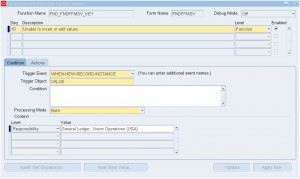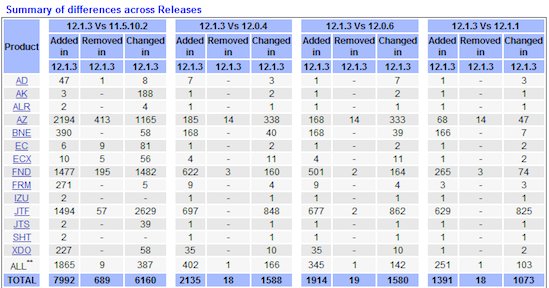Although yet to be confirmed, Oracle is expected to release version R12.2 of it’s eBusiness Suite in October 2011. BizTech has compiled a list, module by module, of the main features that have been added, amended, or removed in this latest release.
BizTech has analyzed the following modules, and has determined that at this time, no new functionality is expected to be added in R12.2

















